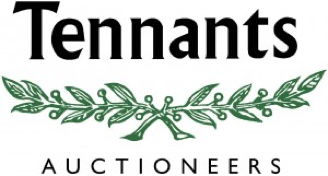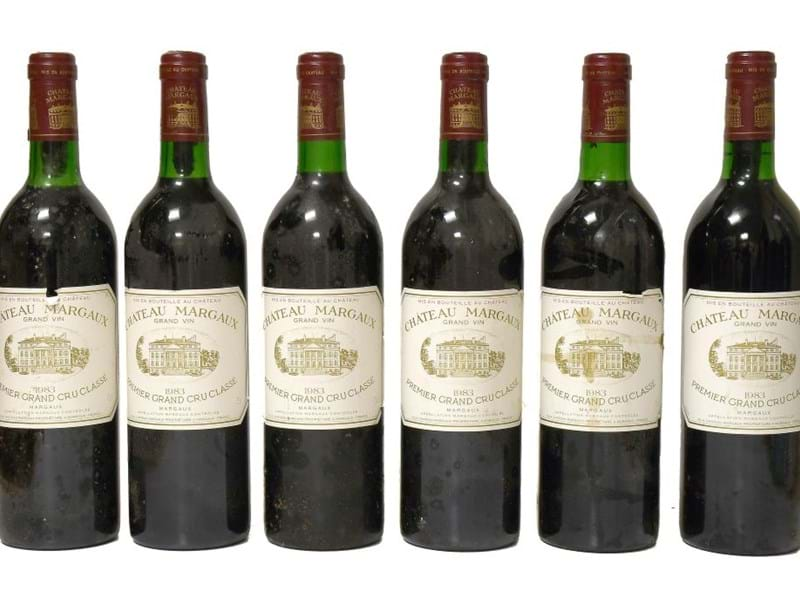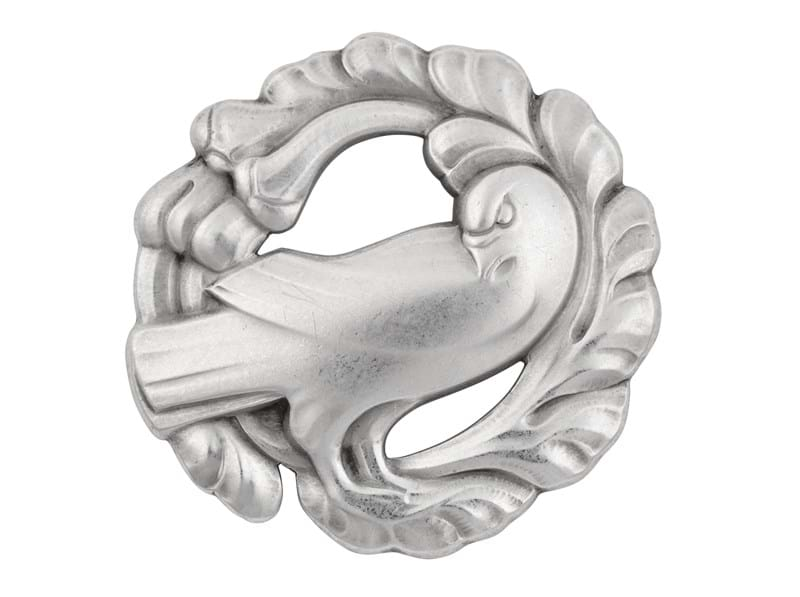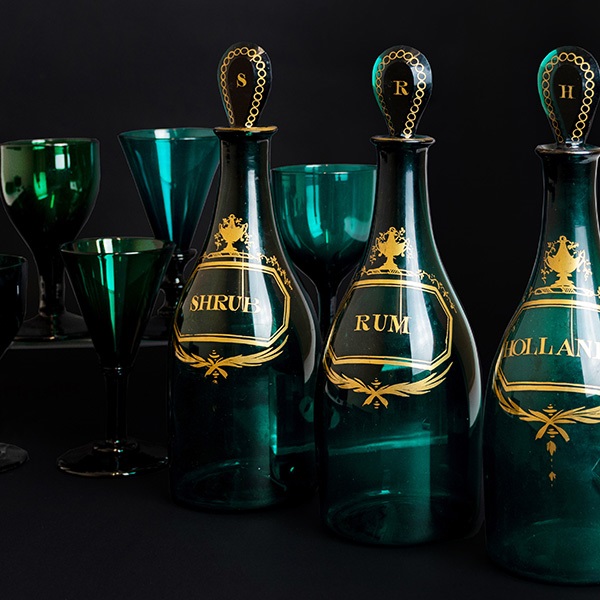At Tennants Auctioneers’ Country House Sale on the 16th September, an early 20th Century light grey deep-seated armchair by Howard & Sons Ltd sold for £4,800 (all figures, plus buyer’s premium). Howard and Sons were founded in 1820 as cabinet makers and soon became synonymous with Victorian ideas of true craftsmanship. With growing success, Howard and Sons became furniture makers and exhibited at major exhibitions, for example at the Great Exhibition of 1851 and indeed the International Exhibition, London of 1862. The latter saw Howard and Sons win a prize for their suite of library furniture where one of the bookcases was painted by the Pre-Raphaelite artist, Dante Gabriel Rossetti. Elsewhere in the sale a Biedermeier Style Table and a set of ten 19th century dining chairs sold for £4,800 and a Green Chinoiserie eight day long case clock sold for £2,800. A rare, finely painted, and good quality Chinese Porcelain Ginger Jar, in Kangxi style, topped the Ceramics section, selling for £4,800.
Leading the Pictures section, a great example by the ever-popular Alfred Grenfell Haigh (1870-1963) titled “Cheviot” a study of a bay hunter, painted in 1922 sold for £2,800. Haigh was a prolific painter of horses and horseracing and received coveted patronage from the likes of the Duke of Portland and Lord Rosebery. This painting was in good country house style and untouched condition and painted in a lively and realistic style.
Running alongside the Country House Sale, in the Jewellery, Watches and Silver Sale, a fine collection of period and antique jewellery sold strongly. Aquamarine jewellery remains ever popular at Tennants. One such necklace sold for £1,200 which soon established a trend for an equally successful jewellery sale. From aquamarine to the yellow green of peridots, two finely crafted Edwardian split pearl and peridot necklaces sold at £850 and £600 respectively. To top the sale off, a curious collection of 19th century and early 20th century mourning rings sold for £4,500. Firmly established by the Victorian era, mourning rings were significantly influenced by the mourning of Prince Albert by Queen Victoria in the wake of his death in 1861; this ultimately shaped much of pre-First World War attitudes to mourning.
From the array of watches, a Waltham 18 Carat Gold Full Hunter Pocket Watch was a standout and sold for £2,000. Waltham watches are popular collectables and represent the ingenuity of mid-1800s American engineering and craftsmanship. The American Waltham Watches Company founded in 1850 went onto to produce “railroad grade” pocket watches which were issued to railway conductors to ensure, as the railroads rapidly expanded, that the railroad organisations’ timekeeping remained accurate and consistent. Waltham watches are timepieces of American craft history.
There were strong results in the Silver section with almost 100% of lots sold and nearly 40% of lots selling at or above the high estimate. Among the highlights of the sale was an Elizabeth I Silver spoon by Nicholas Bartholomew, London, 1576 which sold for £1,300 against an estimate of £200-300. Also, of interest among the flatware section of the sale was a set of Twelve George II Scottish Table Forks and Table-Knives which realised £1,900, well above the £600-800 estimate. As ever Objects of Vertu were much in demand with an Austrian Vari-Colour Gold Box selling for £1,900 and a French Gold Box, Compact and Lighter selling for £9,500, the highest price in the sale. A Continental Silver Double Beaker sold for over ten times the low auction estimate, realising £3,200 against an estimate of £300-500.
















